Harissa Sauce Hysteria: A Global Spice Journey Through 7 Fiery Flavors
Welcome to a spicy journey through time, taste, and tradition! Whether you’re a seasoned chef or a home cook looking to add some heat to your meals, harissa sauce is one condiment that deserves a permanent spot on your shelf. In this blog post, we’ll explore everything from the history of this North African staple to modern twists that’ll make your taste buds dance. Plus, we’ve got pro tips, flavor comparisons, and even a spicy showdown between traditional and fusion versions!
Table of Contents
- The Smoldering Roots of Harissa
- Why Harissa Should Be Your Kitchen MVP
- DIY Harissa: From Dried Peppers to Liquid Fire
- Global Twists on Harissa Around the World
- Flavor Battle: Traditional vs Fusion Harissas
- 5 Must-Try Harissa Recipes to Heat Up Your Week
- Storing Your Spice Like a Pro
- Conclusion: Embrace the Burn
🔥 The Smoldering Roots of Harissa
Harissa’s story begins in North Africa — specifically Tunisia, where it’s practically considered a national treasure. But like any good firebrand, it didn’t stay in one place for long. Over centuries, it spread across Morocco, Libya, Algeria, and beyond. Originally made by grinding roasted red peppers with spices like cumin and coriander, then mixing with olive oil, harissa was both a flavor booster and a preservative before refrigeration.
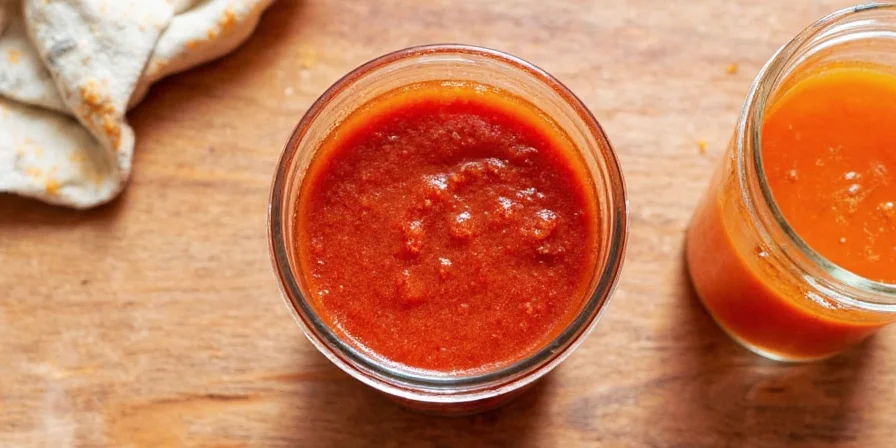
The Holy Trinity of Harissa Ingredients
- Baklouti Peppers: Mild but fruity, they’re the base of authentic Tunisian harissa.
- Seranno/Chile Peppers: For extra heat in Western adaptations.
- Spice Mix: Usually includes garlic, caraway, coriander, salt, and sometimes mint or rose.
🌶 Why Harissa Should Be Your Kitchen MVP
If sriracha is your go-to condiment, harissa should be your next obsession. Unlike its Asian cousin, harissa isn’t just about the burn — it’s a deep, aromatic flavor bomb. Here’s why you need this in your pantry:
- It's versatile: Works as a marinade, dip, soup enhancer, or sandwich spread.
- Low-calorie kick: Add tons of flavor without sugar or fat.
- Customizable: You control the heat level and spice profile.
- Rich in antioxidants: Red peppers are packed with vitamin C and capsaicin (good for metabolism).
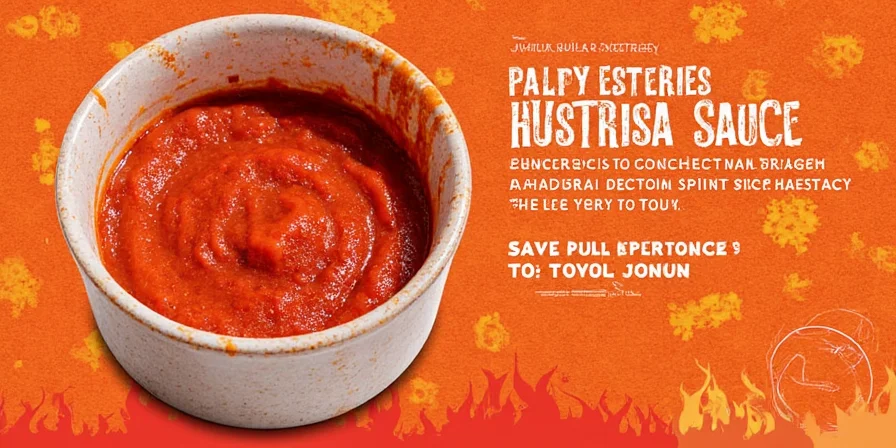
🧄 DIY Harissa: From Dried Peppers to Liquid Fire
Store-bought is fine, but homemade harissa? That’s next-level deliciousness. Let’s break it down step-by-step:
Basic Harissa Recipe
| Ingredient | Quantity | Purpose |
|---|---|---|
| Dried guajillo or ancho peppers | 6–8 medium-sized | Mild heat + smoky flavor |
| Garlic cloves | 4 | Umami boost |
| Smoked paprika | 1 tsp | Depth & color |
| Cumin | ½ tsp | Earthy warmth |
| Salt | 1 tsp | Flavor balance |
| Olive oil | ¼ cup | Smooth texture + preservation |
| Lemon juice | 1 tbsp | Fresh finish |
- Soak dried peppers in warm water until soft (~20 mins).
- Drain and blend all ingredients except olive oil until smooth.
- With the blender running, slowly drizzle in olive oil until emulsified.
- Store in a jar in the fridge for up to 3 weeks.
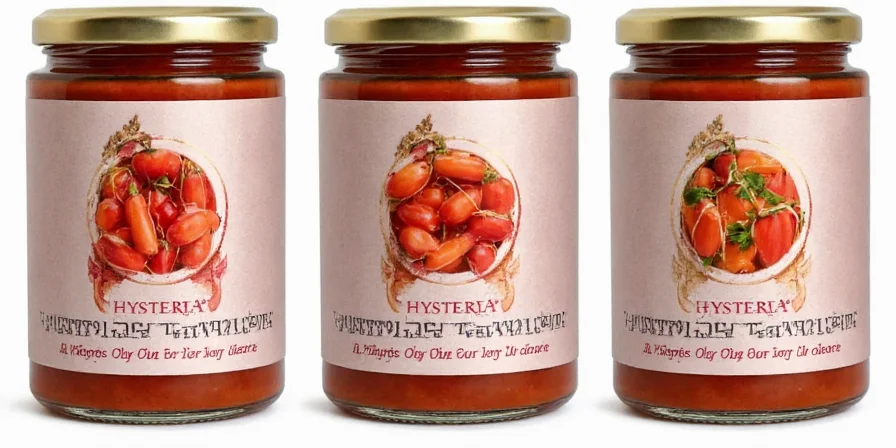
Pro Tip:
Add a spoonful of tahini or miso to give it a creamy, umami twist — perfect for vegan dishes!
🌍 Global Twists on Harissa Around the World
Once harissa left North Africa, chefs around the globe couldn’t resist giving it their own flair. Here’s how different cultures have adopted and adapted this classic sauce:
| Region | Twist | Signature Flavor |
|---|---|---|
| Tunisia | Classic | Smoky, earthy, moderate heat |
| Morocco | Added saffron or preserved lemon | Floral + citrusy |
| Italy | Tomato paste base | Savory, rich, Italian-inspired |
| USA | Habanero-spiked version | Extra hot, bold |
| Korea | Mixed with gochujang | Spicy-sweet, umami-rich fusion |
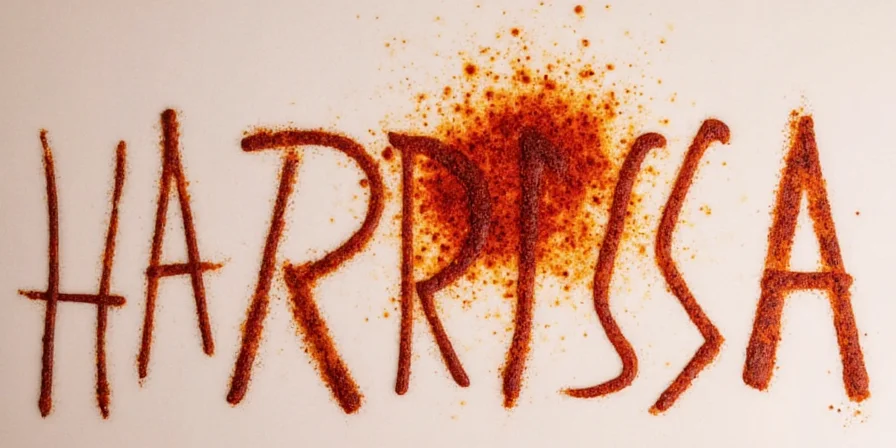
Inspiration Alert:
Try adding a splash of soy sauce and ginger to your harissa for a quick pan-Asian stir-fry sauce!
🌶️ Flavor Battle: Traditional vs Fusion Harissas
Which version reigns supreme? We put five popular harissas to the test:
| Type | Heat Level | Flavor Notes | Best Use |
|---|---|---|---|
| Tunisian Baklouti | Medium | Grassy, sweet, balanced | Tagines, couscous |
| Chipotle Harissa | High | Smoky, intense | Burgers, grilled meats |
| Coconut Curry Harissa | Medium-High | Exotic, tropical | Curries, rice bowls |
| Harissa Mayo | Low-Medium | Creamy, tangy | Sandwiches, fries |
| Truffle Harissa | Medium | Earthy, luxurious | Steak, gourmet apps |
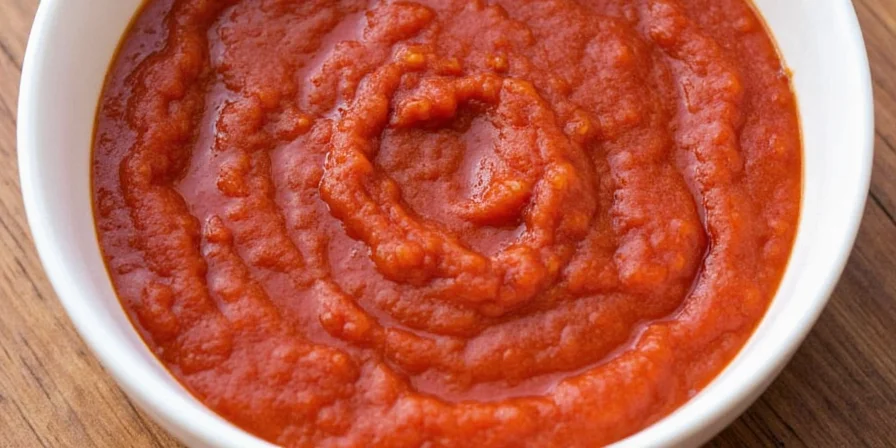
🍲 5 Must-Try Harissa Recipes to Heat Up Your Week
Ready to bring some spice into your life? Try these five easy recipes:
- Harissa Roasted Chickpeas: Toss chickpeas with 1 tbsp harissa, olive oil, and salt. Roast at 400°F (200°C) for 25 minutes. Snack or top salads!
- Harissa Hummus: Blend store-bought hummus with 1–2 tbsp harissa for a quick party dip.
- Harissa Grilled Salmon: Marinate salmon fillets with harissa, lemon juice, and honey. Grill for 4–5 minutes per side.
- Harissa Shakshuka: Replace regular tomato paste with harissa in your favorite shakshuka recipe for an extra kick.
- Harissa Popcorn: Drizzle popcorn with melted butter mixed with harissa and a pinch of smoked paprika. Warning: addictive!
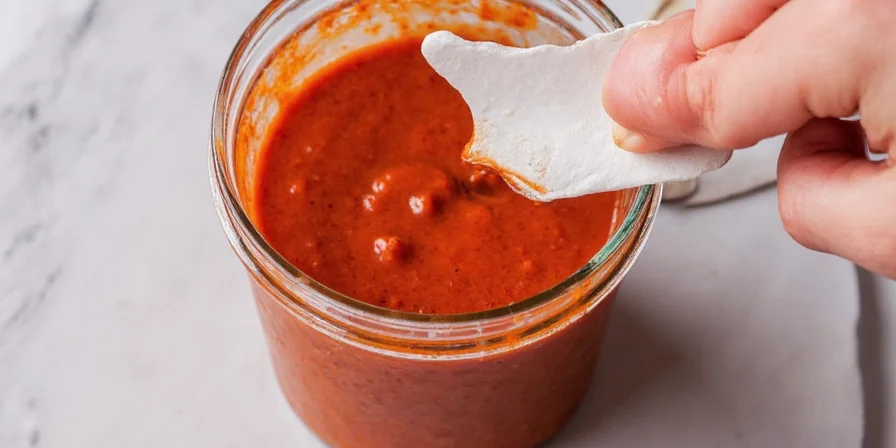
📦 Storing Your Spice Like a Pro
To keep your harissa fresh and potent, follow these storage tips:
- Glass jars: Store in a cool, dark place for up to 3 months.
- Freeze it: Pour into ice cube trays and freeze — pop out cubes for instant flavor bombs in soups or stews.
- Airtight containers: Prevent moisture buildup to avoid spoilage.
- Add vinegar: A splash of apple cider vinegar can extend shelf life.
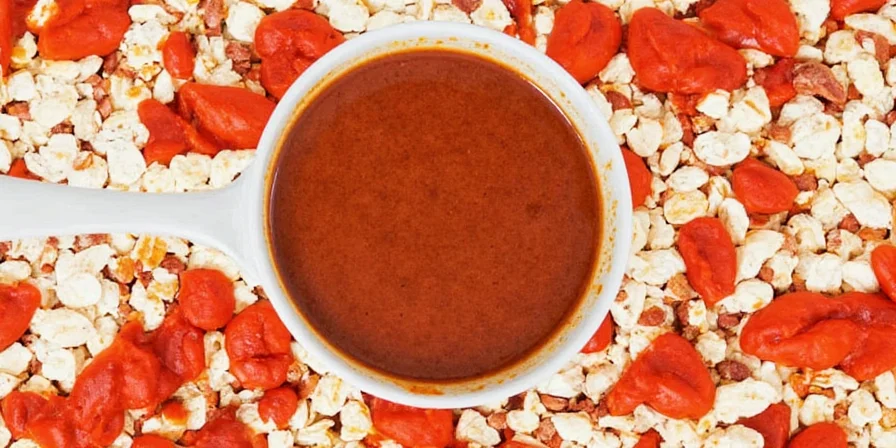
🔥 Conclusion: Embrace the Burn
Whether you’re savoring the earthy warmth of a traditional Tunisian harissa or experimenting with Korean-inspired blends, there’s no denying that harissa is more than just a sauce — it’s a cultural experience. It bridges continents, flavors, and techniques with every fiery bite.
So next time you reach for that bottle of sriracha, pause, take a breath, and ask yourself: What would harissa do? Then let the heat guide you to new culinary adventures.
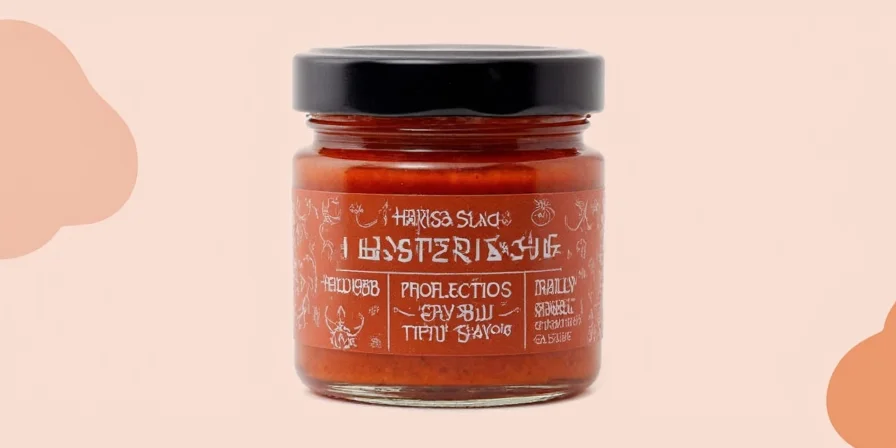

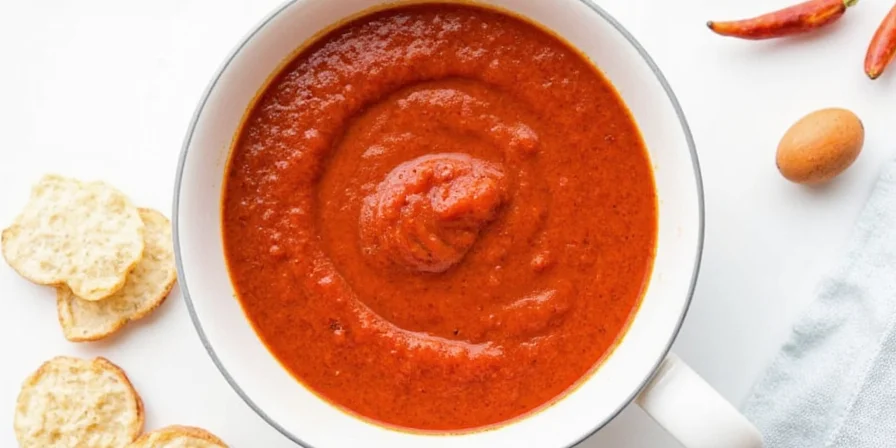









 浙公网安备
33010002000092号
浙公网安备
33010002000092号 浙B2-20120091-4
浙B2-20120091-4